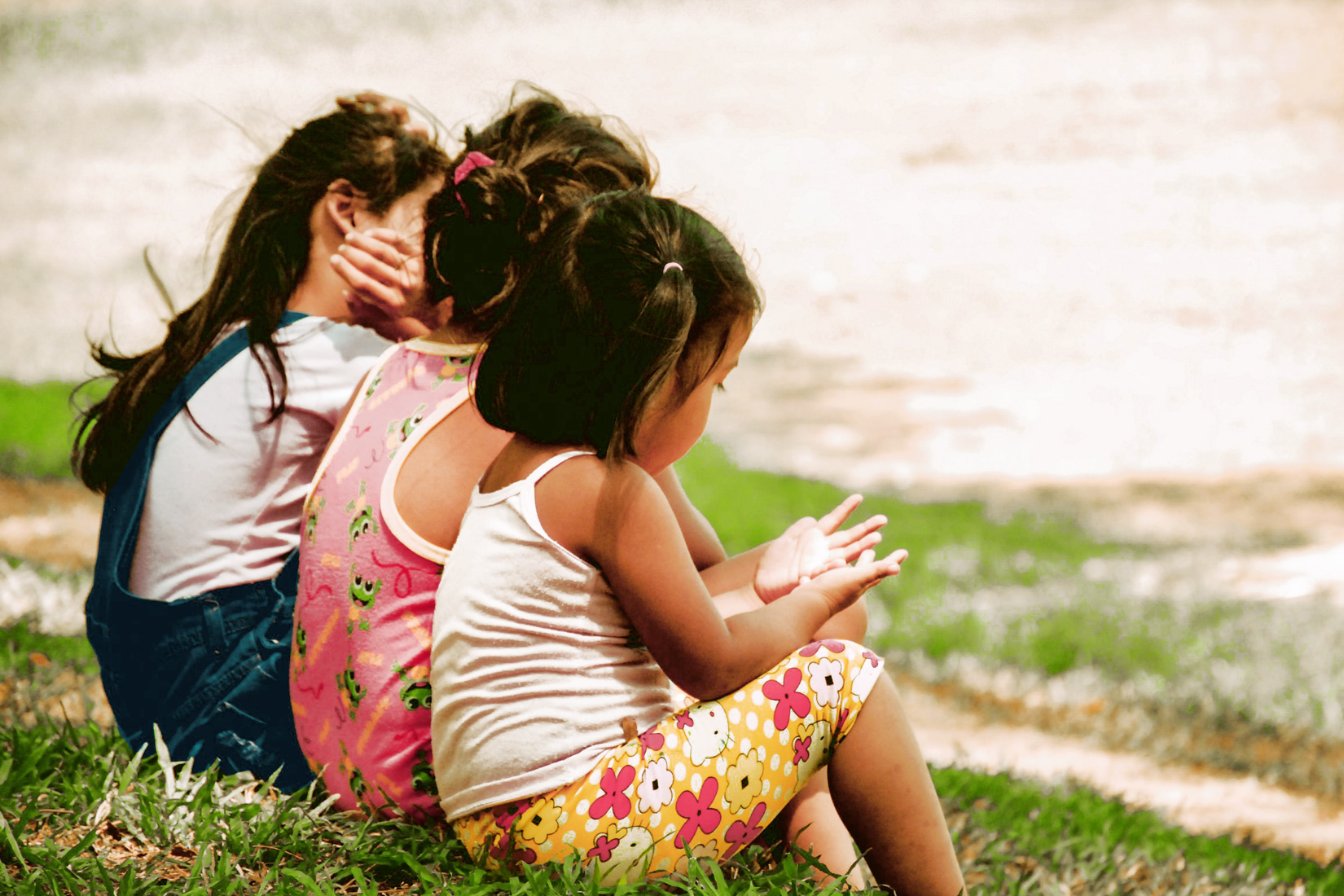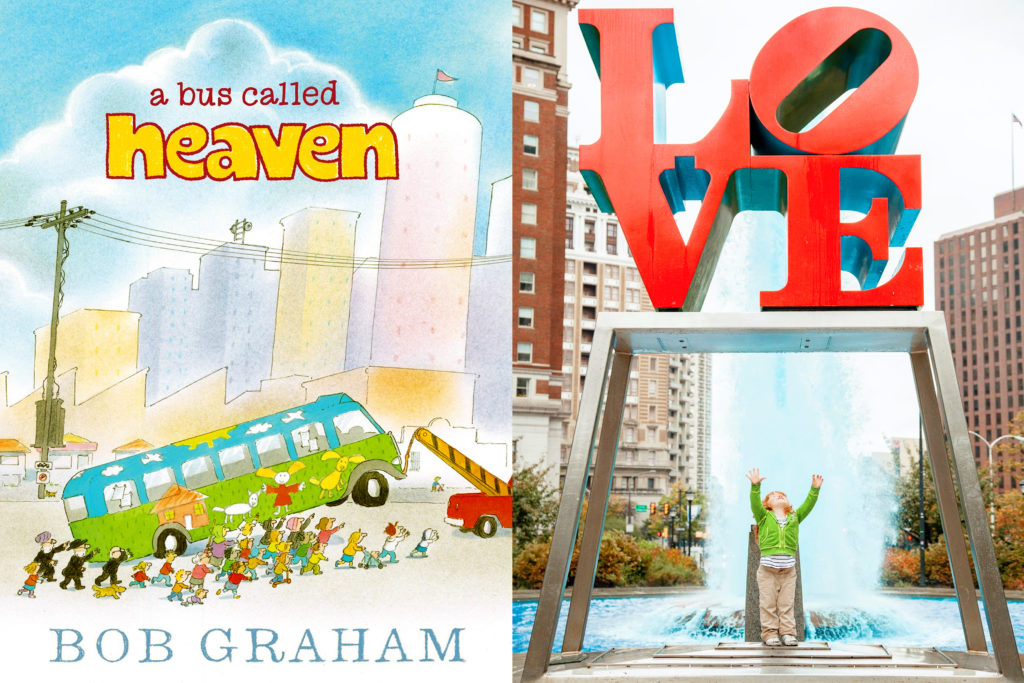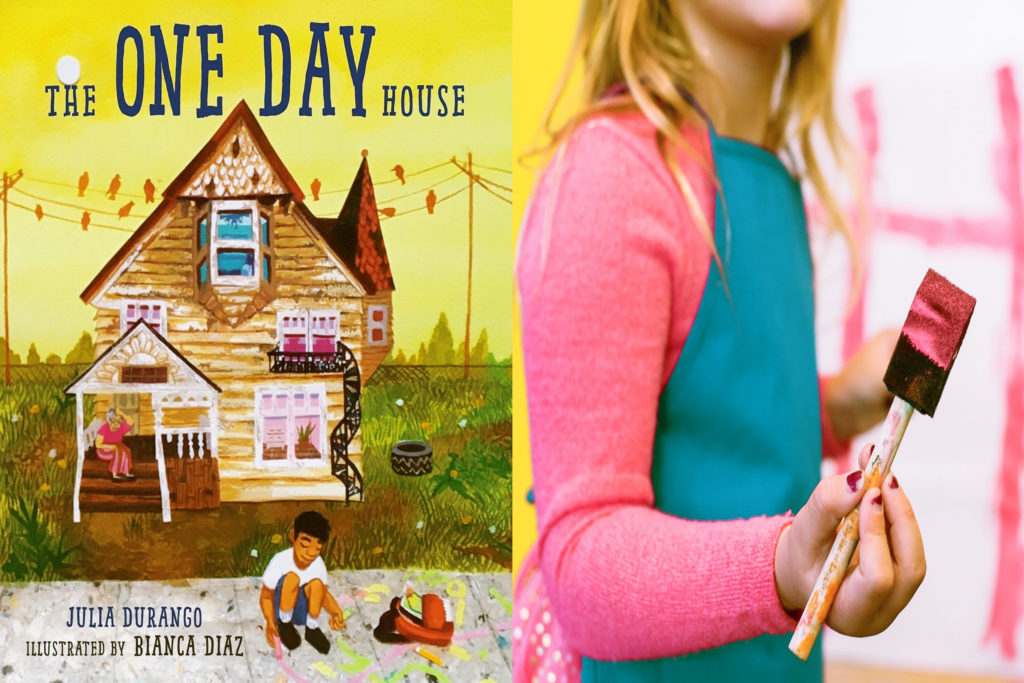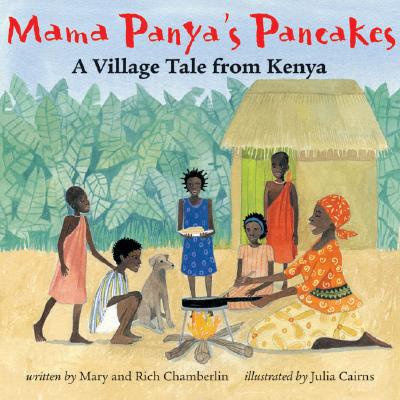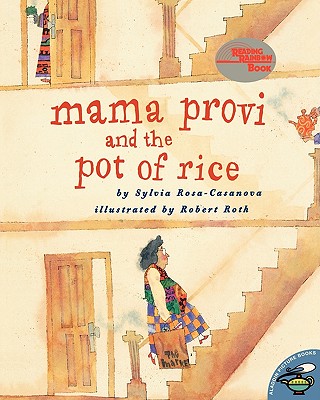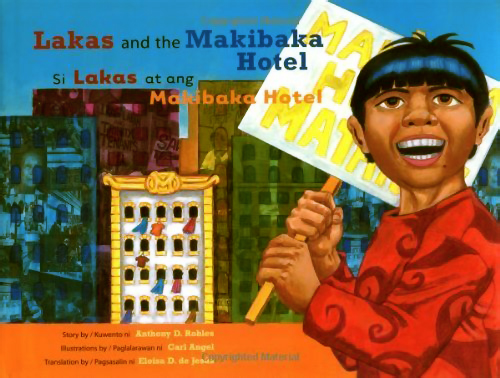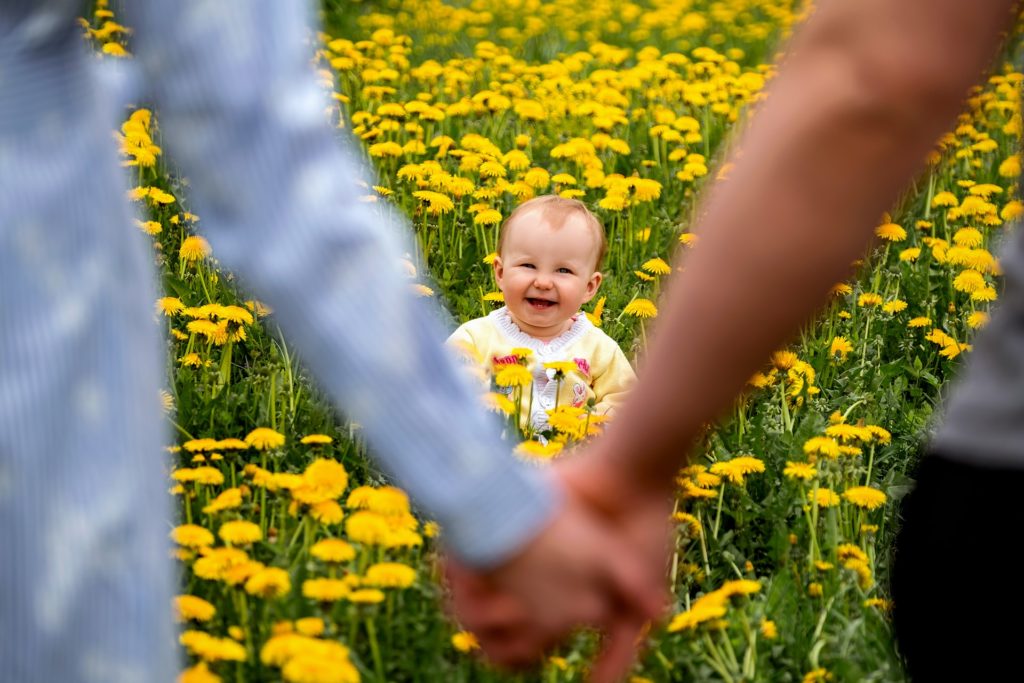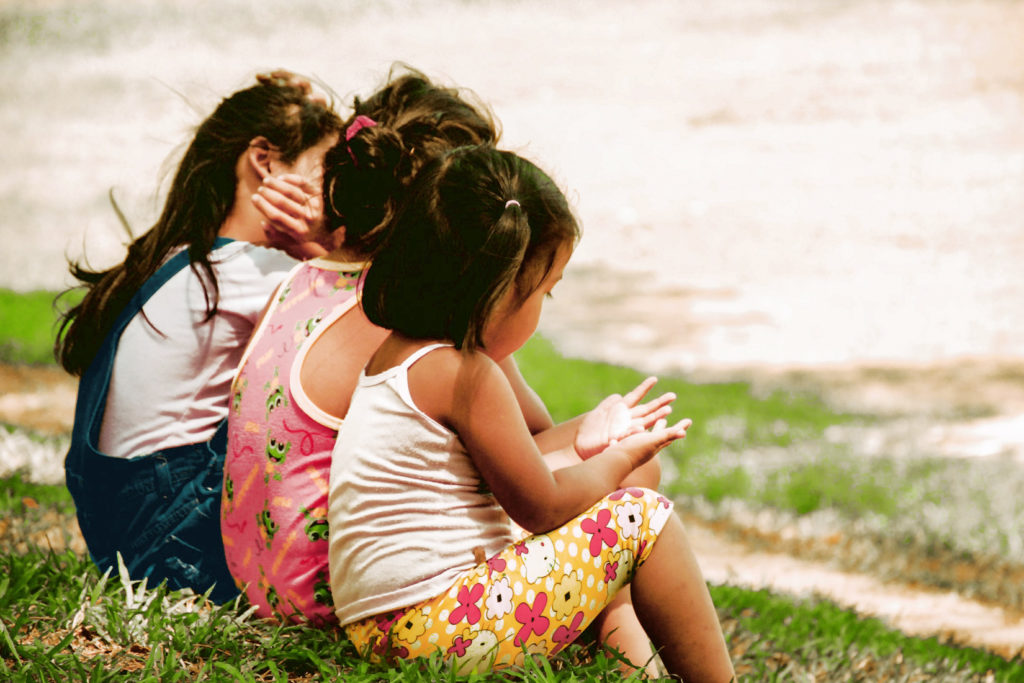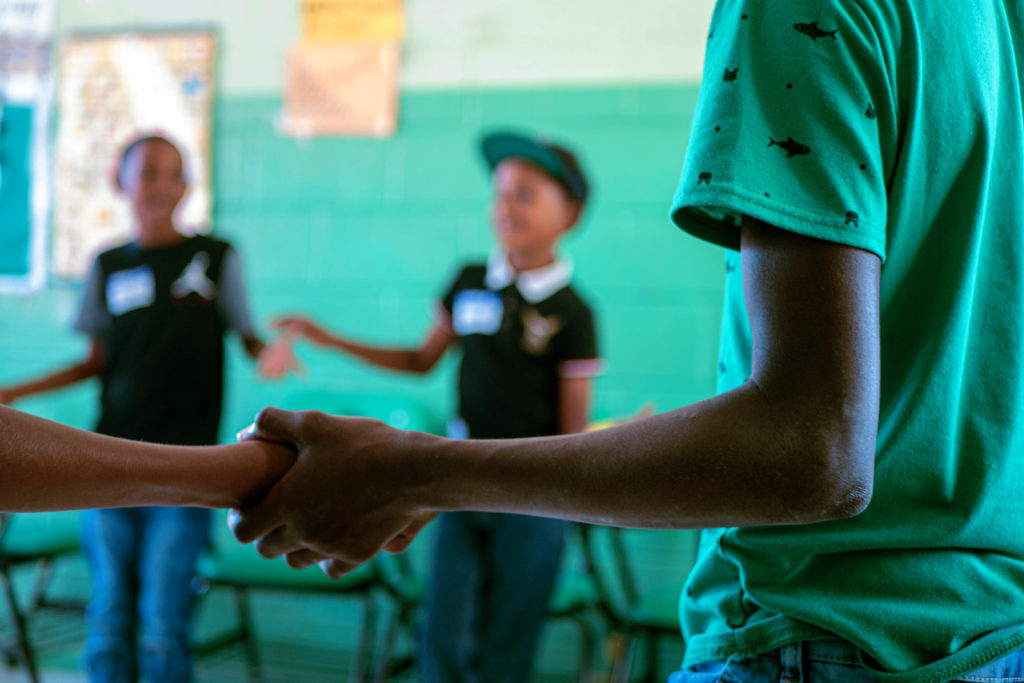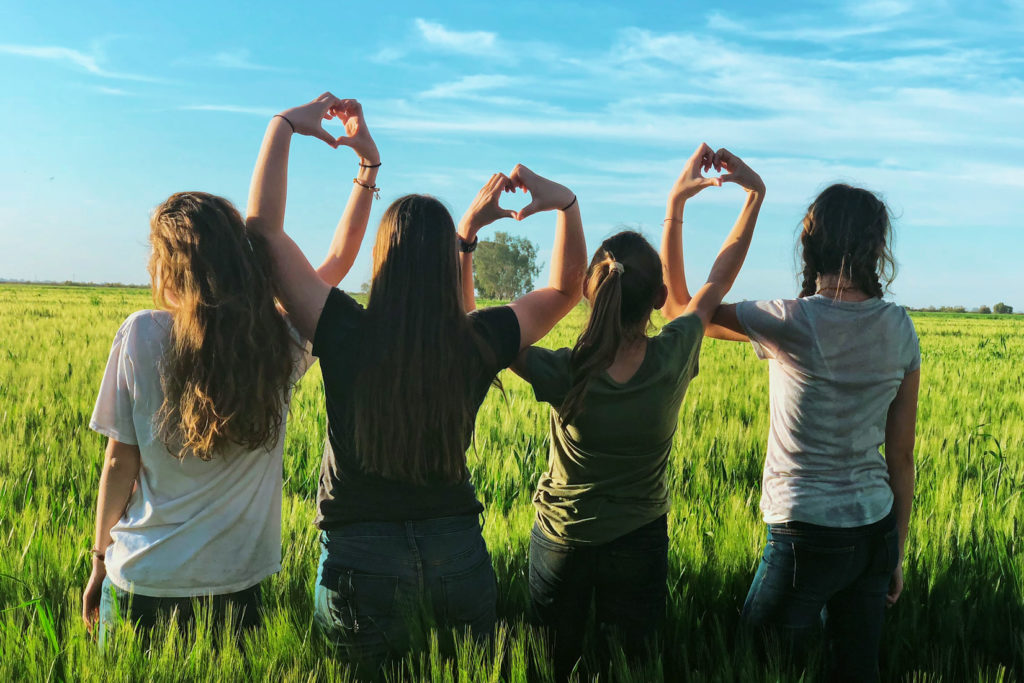What is community to a six year old?
It’s the people who enter their world in many ways throughout the day. It’s the teachers and classmates on Zoom or in person. It’s the family next door. It’s store clerks, and postal carriers, and the senior citizens they see regularly walking in the neighborhood. It’s family.
Human connection is more important than ever now, and the stories we’ve selected celebrate those community connections. From a wave across the street, to a large collaborative project, these books celebrate the power of community in many beautiful ways.
Below you’ll find books and activities that are appropriate for 1st and 2nd Graders around the concept of “Community Connections.”
GREAT BOOKS & CONVOS
A Bus Called Heaven
By Bob Graham
Why We LOVE This Book
This book is just plain dreamy and all kids deserve the chance to dream. Stella and her family find an abandoned bus. The whole neighborhood teams together to drag it to Stella’s yard and then the transformation begins. Graffiti artists bring their talents, kids bring their games, and neighborhood families gather together in a messy, loving way. City regulations emerge as a threat, but Stella and the community help to resolve the conflict. This book is a warm hug during a time when communities feel fractured.
Conversation Launchers
- What did you like best about this story? What page is your favorite? Why is that your favorite part? (This simple question can reveal so much. Was your child captivated by the rescue of the sparrows? Or the fun they all had creating the bus? Or the way Stella challenged the owner of the junkyard?)
- How did the community (of people) change during this story? Who or what caused the change?
- Why do you think the junkyard owner changed his mind?
- “Perseverance” is when someone doesn’t give up, even when things are hard. Can you find an example in this story of perseverance, where Stella or the community took action and didn’t give up?
INTERACTIVE ACTIVITIES
Keep the conversation going!
- Sketch A Scene – Draw a picture together of what you would include in your own neighborhood’s bus. What do you think the kids in your neighborhood would want to have in that bus so they could all play together? As you draw, make simple labels and arrows to point out the features of the bus (this is a sneaky teacher way to add some literacy focus to any art activity).
- Write A Letter – If your child is fired up about the injustice of the tow truck dragging the beloved bus away, this could be a great chance to write a note to the fictional city government about why this felt so unfair. Grab a piece of paper and write it together, sharing the pen so that you are supporting with the harder words. Tuck the letter at the end of the book, so that when you reread the book, you can revisit this persuasive letter, too. It may be fictional, but you are modeling what it means to be a concerned citizen.
If your child loved this book, you might consider reading aloud the chapter book series, The Boxcar Children, by Gertrude Chandler Warner, and specifically the first book in the series. Many adults jumped into the world of reading chapter books through these stories. Just like A Bus Called Heaven, it captures the same sense of agency for kids, as the main characters literally make something (a home) from nothing (an abandoned boxcar).
My Papi Has A Motorcycle
By Isabel Quintero
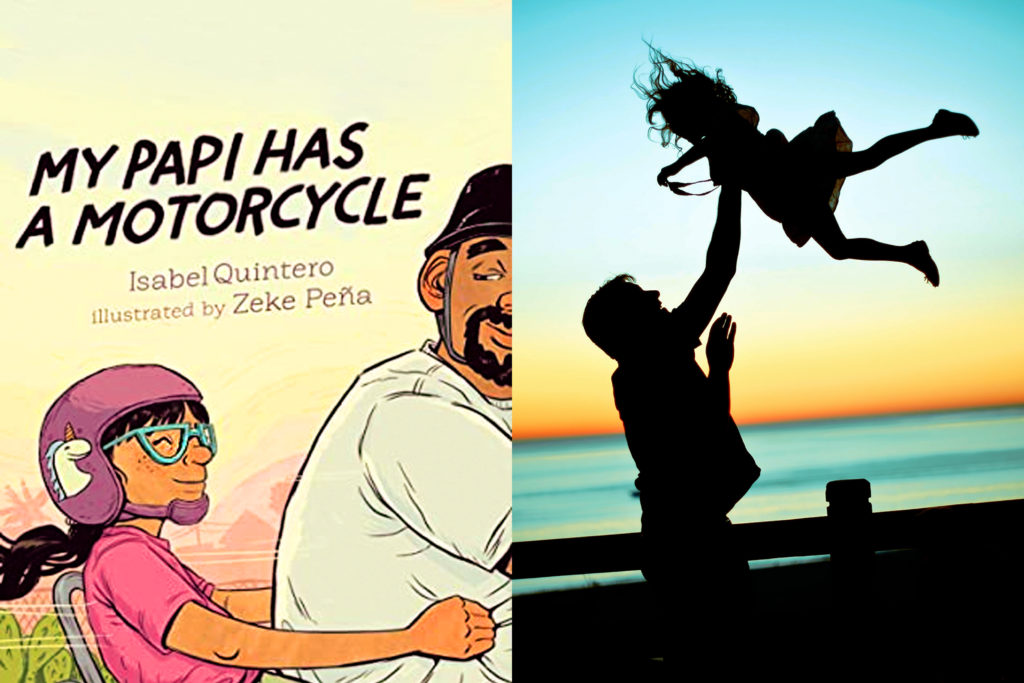
Why We LOVE This Book
This book captures so much: the bond of a father and daughter, the joy of familiar places, and the realization that communities change in ways that are positive and sometimes painful. But the big lesson is spoken by Daisy Ramona, the wise main character: “No matter how far I go from this place, or how much it changes, this city will always be with me.” Indeed, the communities of our childhood make their mark on our hearts and minds.
Conversation Launchers
- What do you think about Daisy’s community? Are there places of joy and places that are sad? Do you think our community is that way too? Where is there joy? Where is there sadness? Can community members do something to make the sad places less sad?
- What are the places in our community that you think you will always remember, even when you are very old? Talk about the places that you remember from your childhood community, and share photos if you can find some.
- In the authors note, she asks, “Who are the people who get streets named after them? Who are the people who lay the asphalt?” This might be an interesting question to explore with your child about their community. Look for street signs with names and do a bit of digging. Who was that person? What did they do that was important? Who ELSE in your community is doing something important that might not be recognized?
- This book describes a rich community culture that might be very different from the one your child is living in. If so, it’s an inviting and authentic window into another child’s lived experience. What are they curious about from Daisy’s community? Could you do some research together to learn more about their wonderings? If a family field trip for some taste testing of the food from this book is possible, why not?
INTERACTIVE ACTIVITIES
Keep the conversation going!
- Sketch A Scene – Draw a picture together that shows changes you see happening in your neighborhood. Label the picture and talk about what is being gained and what is being lost when things change. (You might want to take a walk or a drive first to gather ideas.)
- Research Your Community – Do a bit of online searching with your child about someplace in your community that is very old. It can be fascinating for them to know that the place they pass by every day has been there for decades or longer, and has played a role in shaping the community they know today.
The One Day House
By Julia Durango
Why We LOVE This Book
It is hopeful. It is inspiring. It is another great book that speaks to children’s sense of agency and desire to help the ones they love. Young Wilson’s elderly friend, Gigi, has a house in need of repair. Wilson has big dreams for how to make her life better. And Wilson has connections: the community members he sees and speaks to every day. Inspired by the real life projects from Labor of Love (in Lasalle County, IL) and Habitat for Humanity, this book provides children with a memorable lesson on empathy leading to action. Make sure to explore the illustrations too… they tell an even deeper story than the words!
Conversation Launchers
- How did Wilson help Gigi? What action did he take? What was probably hard about making this happen?
- Who benefited from the “one day” of working on Gigi’s house?
- Let’s talk about Gigi. How did she respond every time that Wilson made a wish for her? What character trait might be used to describe Gigi (i.e, selfless, grateful, loving)? What character trait might be used to describe Wilson?
INTERACTIVE ACTIVITIES
Keep the conversation going!
- Make A Wish Book – Construct a story together for someone your family knows who could use some support. Making a simple book with paper stapled together is fine. Your child could draw pictures and you could share the pen as you write a wish on each page for that person. Even if you can’t magically make everything happen, they will appreciate that your child is wishing them happiness and your child will practice noticing what someone needs. And maybe you can make at least one of those wishes come true (and get help with some of the others, as Wilson did?).
- Brainstorm Ways to Help – Do some online research together about projects like Habitat for Humanity in your area. If participating in a project can’t happen, then gathering change in the house for a donation might work?
MORE GREAT READS
These books all provide windows into communities that may be different from your child’s, but they will see the same big idea: that communities work together for the good of those in need. These are beautiful and authentic examples that will broaden your child’s perspective…
Mama Panya’s Pancakes (A Village Tale from Kenya)
Mary & Rich Chamberlin
Mama Provi and the Pot of Rice
Sylvia Rosa-Casanova
Lakas and the Makibaka Hotel
Anthony Robles
NEW BOOK JOY is an affiliate of Bookshop.org and will earn a commission if you click through and make a purchase. Every order you place through NBJ supports our site and their pool of independent bookstores!
Resources for OTHER AGE GROUPS
SEARCH BY GRADE LEVEL…
– Connie O, NEW BOOK JOY Founder


